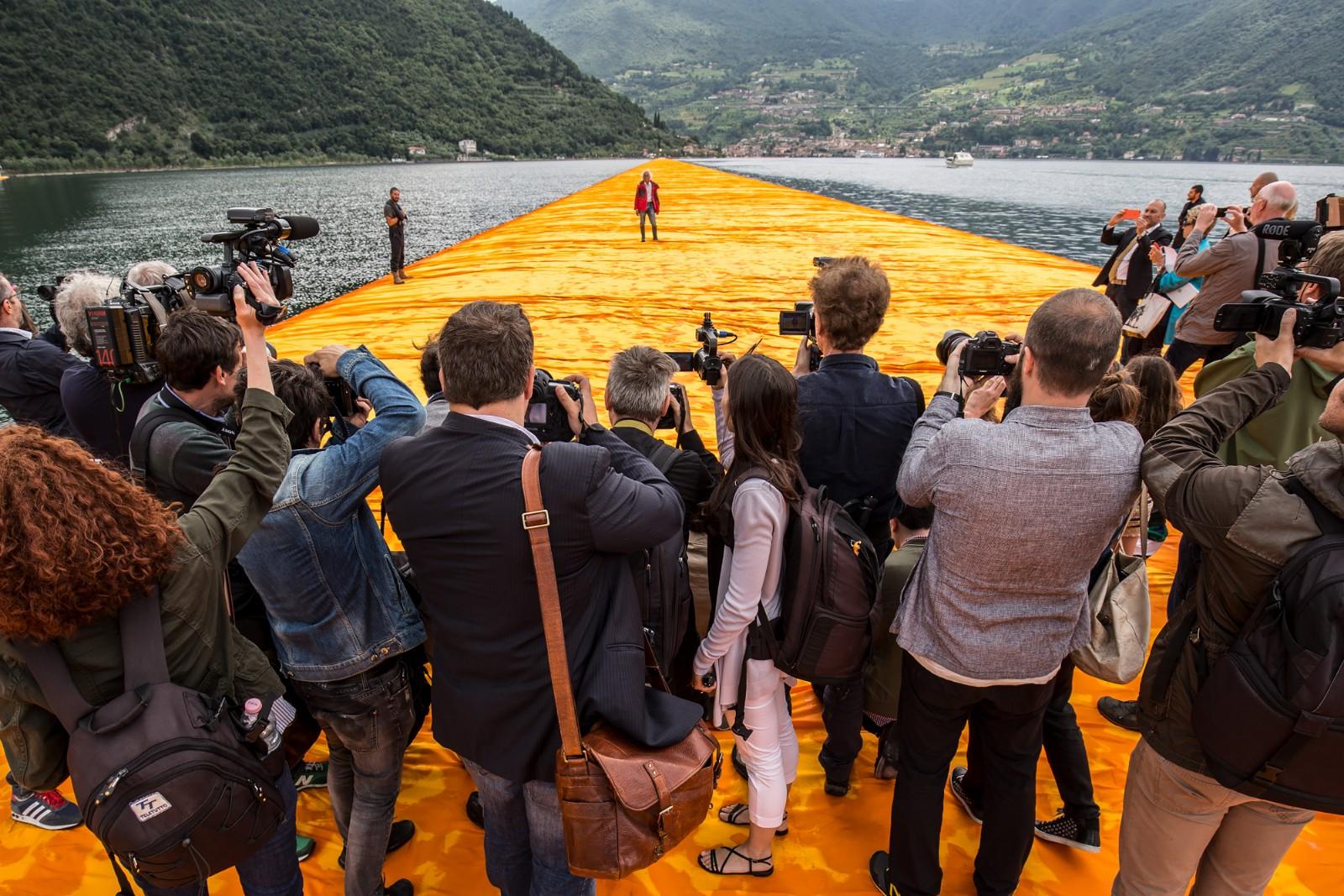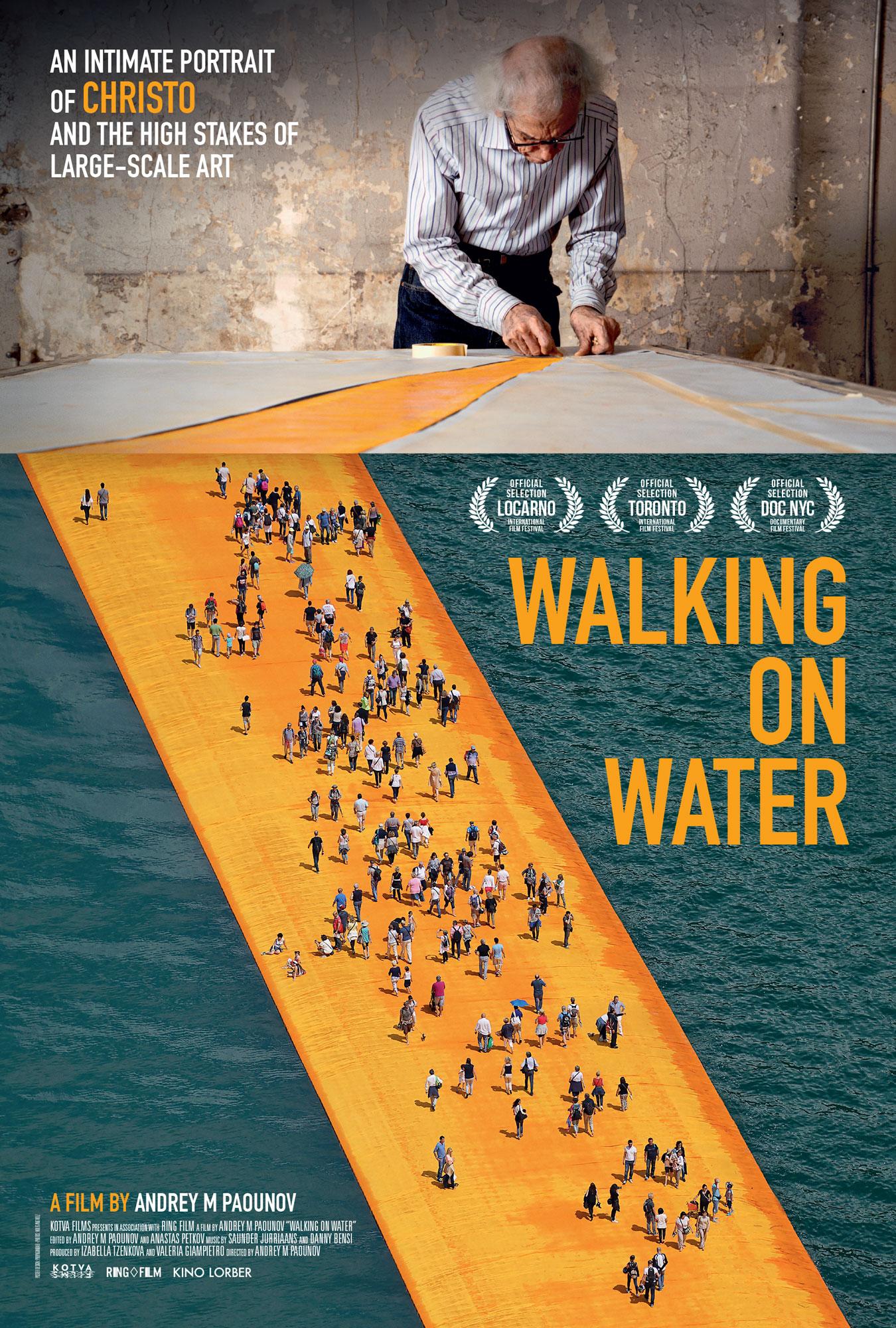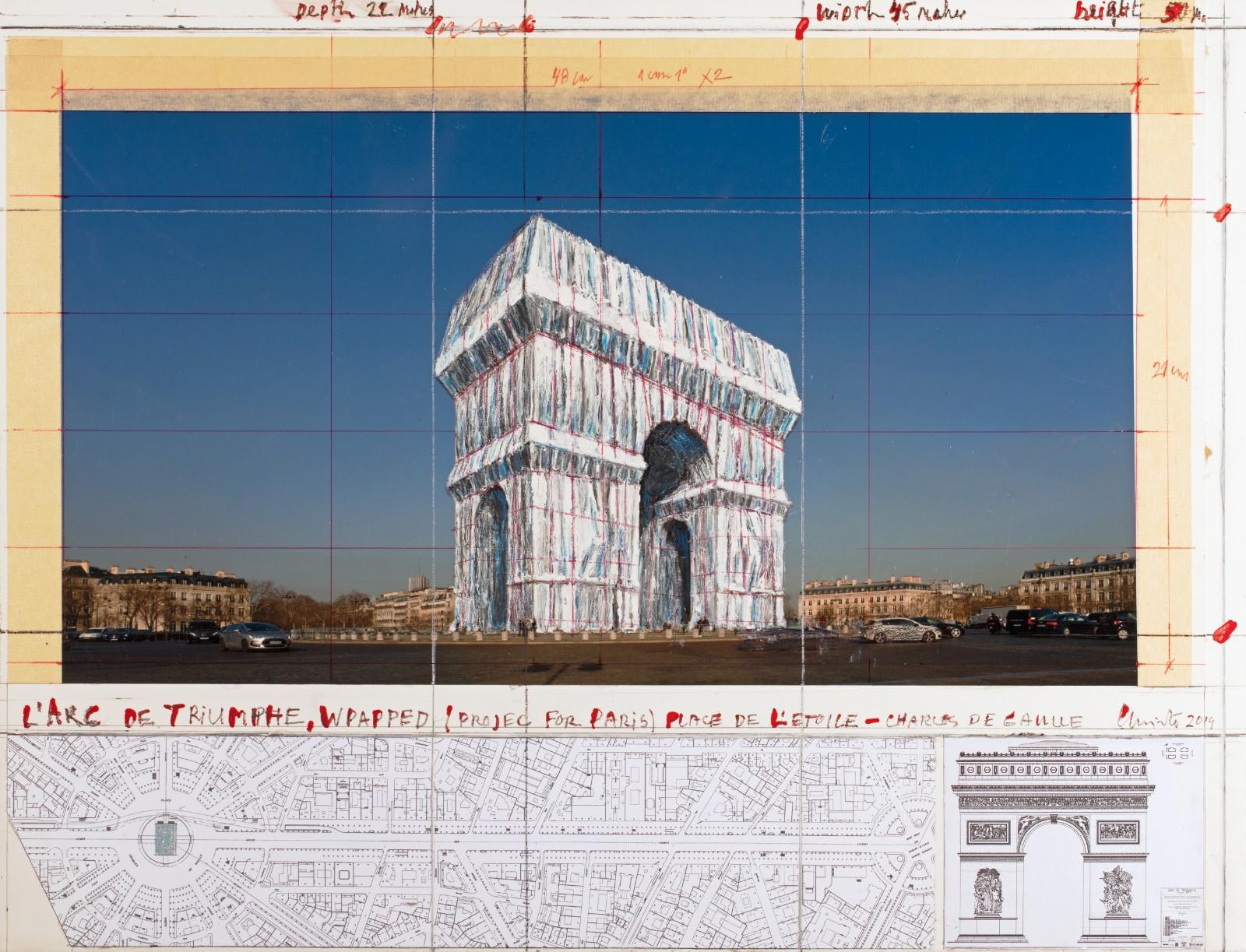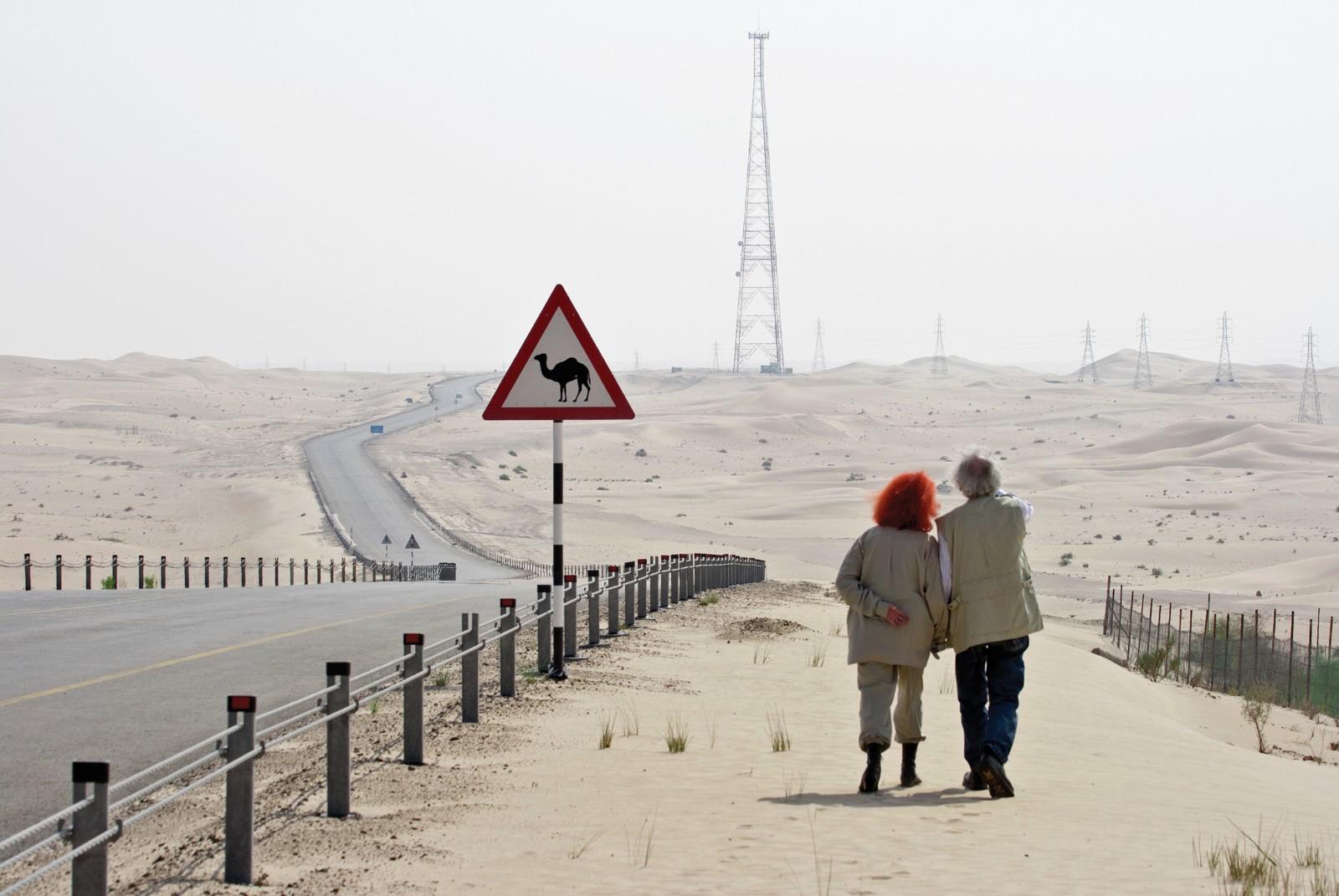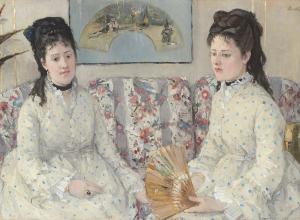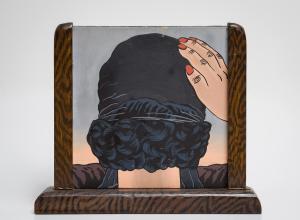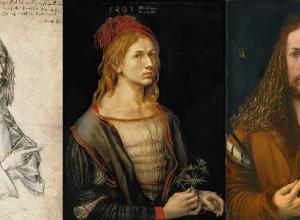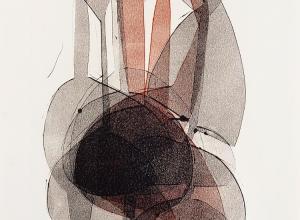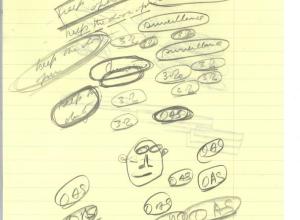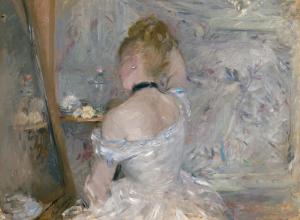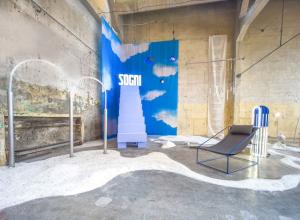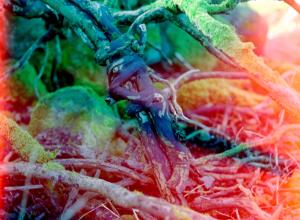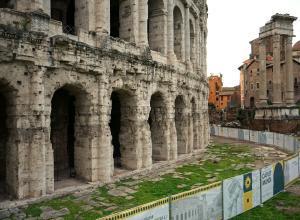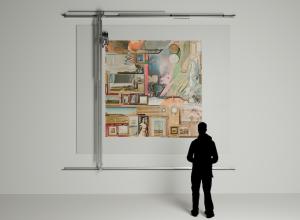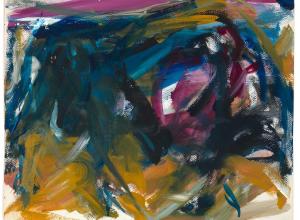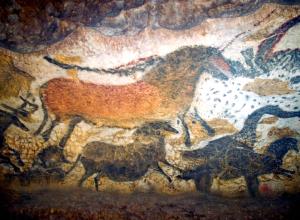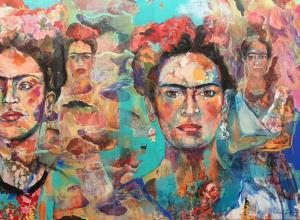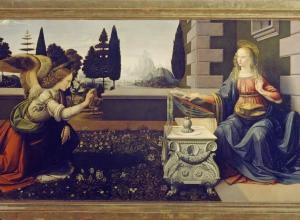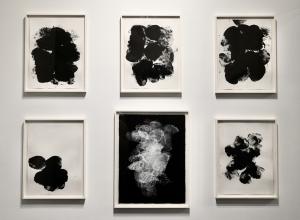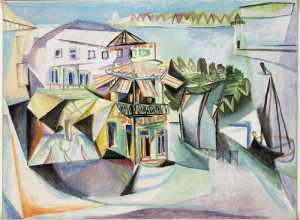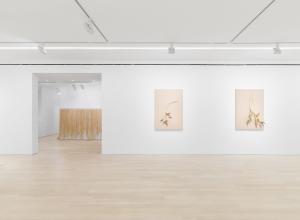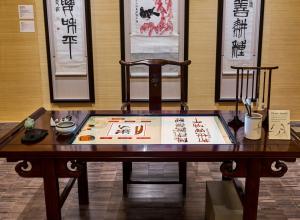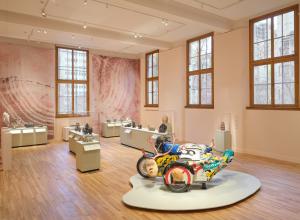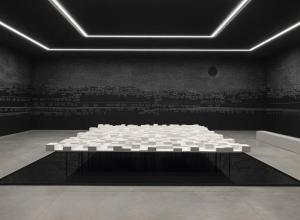Christo Vladimiroff Javacheff and Jeanne-Claude Denat de Guillebon were both born on June 13, 1935. It was like an omen forecasting their future life together. Although they worked as creative equals on all their projects, only Christo’s name appeared on the finished work up until 1994 due to a perceived prejudice against female artists. After that date, they were well established and confident enough to reveal Jeanne-Claude’s essential role and their works were retroactively credited to both Christo and Jeanne-Claude.
All their projects, from the earliest proposals in the late 1960s to their well documented works including Valley Curtain (1971), Running Fence (1976), Surrounded Islands (1983), Pont Neuf (1985), The Umbrellas Japan–USA (1984-91), Wrapped Reichstag (1995) and the miraculous February 2005 transformation of New York City’s Central Park, The Gates, took years of planning, legal battles, zoning permissions and fundraising before they could be realized.




